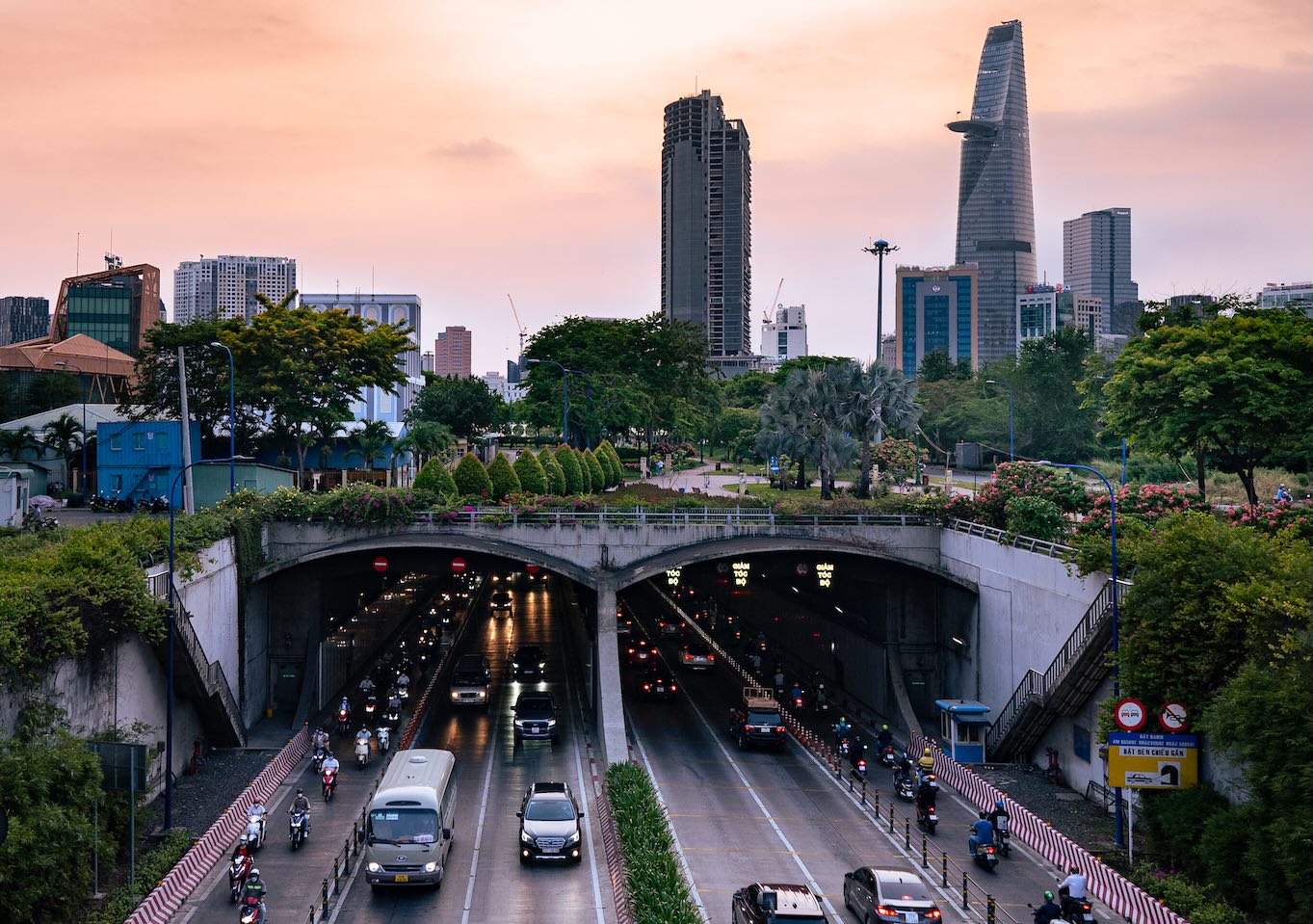HCMC is facing immense urbanization pressures — from its large population and limited inner-city land to its overburdened surface infrastructure. Traffic congestion, flooding, and the lack of public space have become serious challenges to sustainable development. In this context, the development of underground space (subsurface space) has emerged as a strategic solution to expand the city’s “development frontier.” According to spatial development theories, a modern city must be viewed as a multi-layered space, with the underground layer representing the “final frontier” of urban planning that needs to be explored. Integrating underground space into the city’s structure not only enhances sustainability (supporting up to 7 of the 17 United Nations Sustainable Development Goals) but also strengthens the city’s competitiveness through modern and well-connected infrastructure. The strategic role of underground space in sustainable development Developing underground space brings numerous strategic benefits for sustainability and urban competitiveness. First, it expands urban space in a sustainable way. Subsurface space is considered a supplementary area for development as surface land becomes increasingly scarce. Instead of expanding outward into the suburbs, cities can “grow inward into the ground,” thereby reducing encroachment on agricultural land, protecting natural ecosystems, and lowering infrastructure service costs through shorter urban distances. […]
Underground infrastructure vital for megacities
By Huynh Ho Dai Nghia, MA









